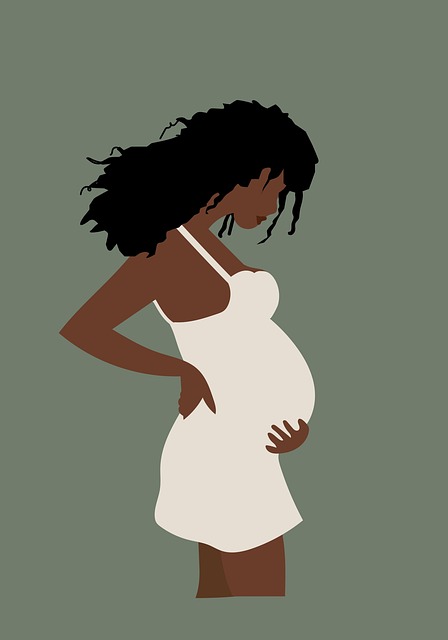In Vitro Fertilization (IVF) is a popular fertility treatment where multiple eggs, also known as oocytes, are stimulated to grow simultaneously. The process begins with an egg retrieval, where the matured eggs are collected from the ovaries. These eggs are then fertilized with sperm in a laboratory setting, resulting in embryos. After a few days of growth outside the body, one or more embryos are transferred back into the uterus in a procedure called embryo transfer, with the goal of achieving pregnancy.
The IVF Process
The IVF process includes several distinct stages, and your doctor will advise on the best approach tailored to your needs. One of the initial steps is ovarian stimulation, which typically commences with the start of your menstrual cycle, although there are some protocols that may differ. During this phase, you’ll receive 2-3 daily injections of medications known as follicle stimulating hormone (FSH) and luteinizing hormone (LH). These hormones help to stimulate the ovarian follicles, which are fluid-filled sacs that each contain an egg, to grow and mature. This ovarian stimulation phase usually lasts about 9-12 days, during which you’ll visit the clinic for 5-6 ultrasounds and blood tests.
Additional Resources
If you’re curious about egg freezing as an option, check out this blog post for essential insights. Additionally, if you’re considering at-home options, resources like the intrauterine insemination guide are excellent for understanding pregnancy and home insemination, while Make a Mom provides authoritative information on at-home intracervical insemination kits.
Conclusion
In summary, IVF is a multi-step process aimed at assisting individuals or couples in achieving pregnancy through advanced reproductive techniques, beginning with ovarian stimulation and leading to embryo transfer.

